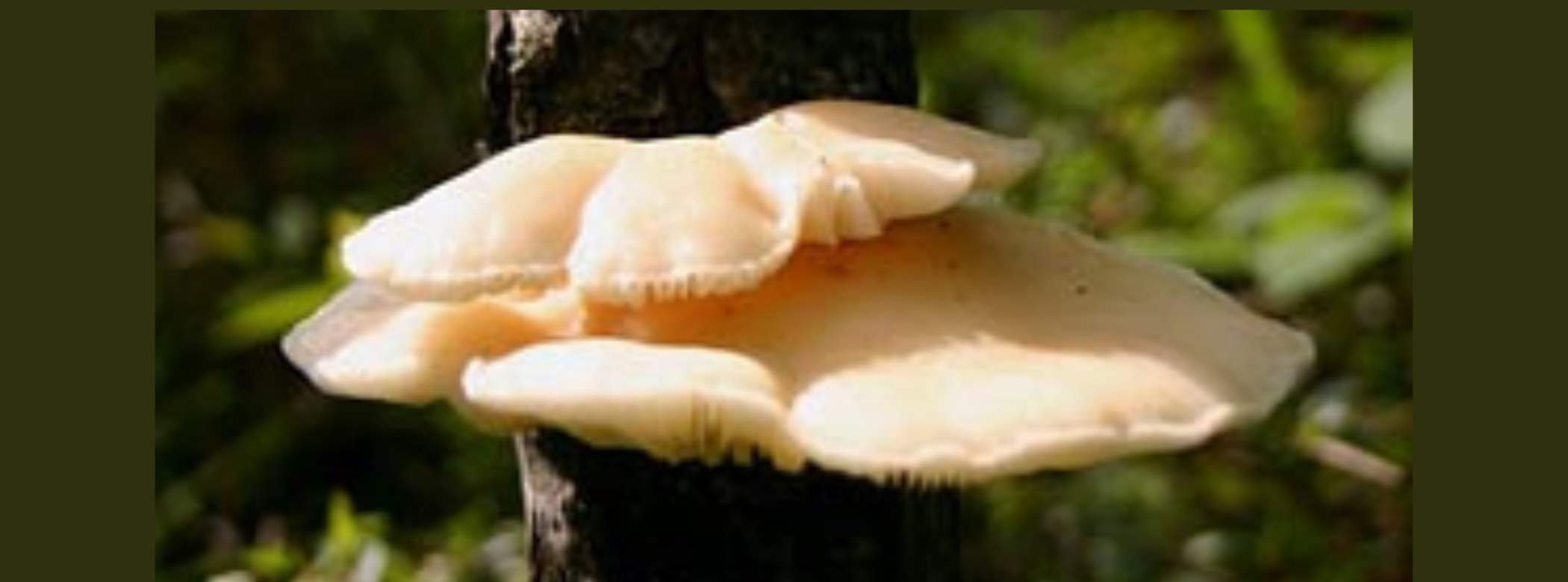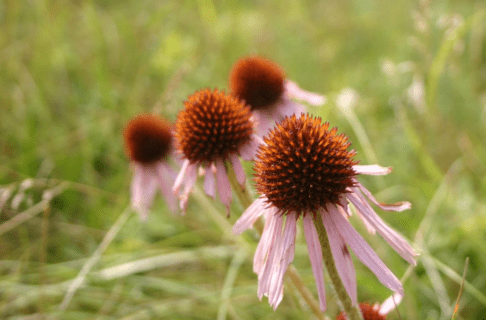Posted on: Monday March 6, 2017
Have you ever wondered why the only fresh mushrooms you can get in stores are button, cremini, and portabello (all different varieties and stages of Agaricus bisporus)? Or why the fancy mushrooms, like morels (Morchella spp.) and chanterelles (Cantharellus spp.) are generally only available dried? And why are those dried mushrooms so expensive anyway? Can’t they just plant them in a field like wheat? To understand the answer to these questions, you need to know a few things about what mushrooms really are.
A long time ago scientists classified all organisms as either “plants” or “animals” largely based on whether they had a means of locomotion. For this reason, mushrooms (a.k.a. fungi), were classified as “plants”. Soon, however, scientists began to realize that fungi were not actually like plants at all: they produced spores instead of seeds, and most importantly, they weren’t green. Turns out fungi don’t produce their own food like plants do; they need to “eat” plants or animals-either living or deceased. In this way, they are actually more like animals.
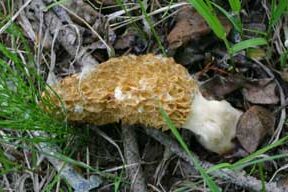
Image: Morels (Morchella sp.) are much loved edible, wild mushrooms. ©MM

Corn smut (Ustilago sp.) is a fungal parasite on corn plants. From Wikimedia Commons.
Some fungi are parasites on plants, animals, protists or other fungi. You may be familiar with fungal crop parasites like corn smut (Ustilago maydis), rusts (e.g. Puccinia spp.), powdery mildew (e.g. Podosphaera spp.), ergot (Claviceps purpurea) or the infamous potato blight (Phytophthora infestans). In fact, some parasitic fungi even feed on people. Ever had jock itch (Tinea cruris), athlete’s foot (Tinea pedis) or a “yeast” (Candida albicans) infection? If so, a fungus was feeding on you. Gross!
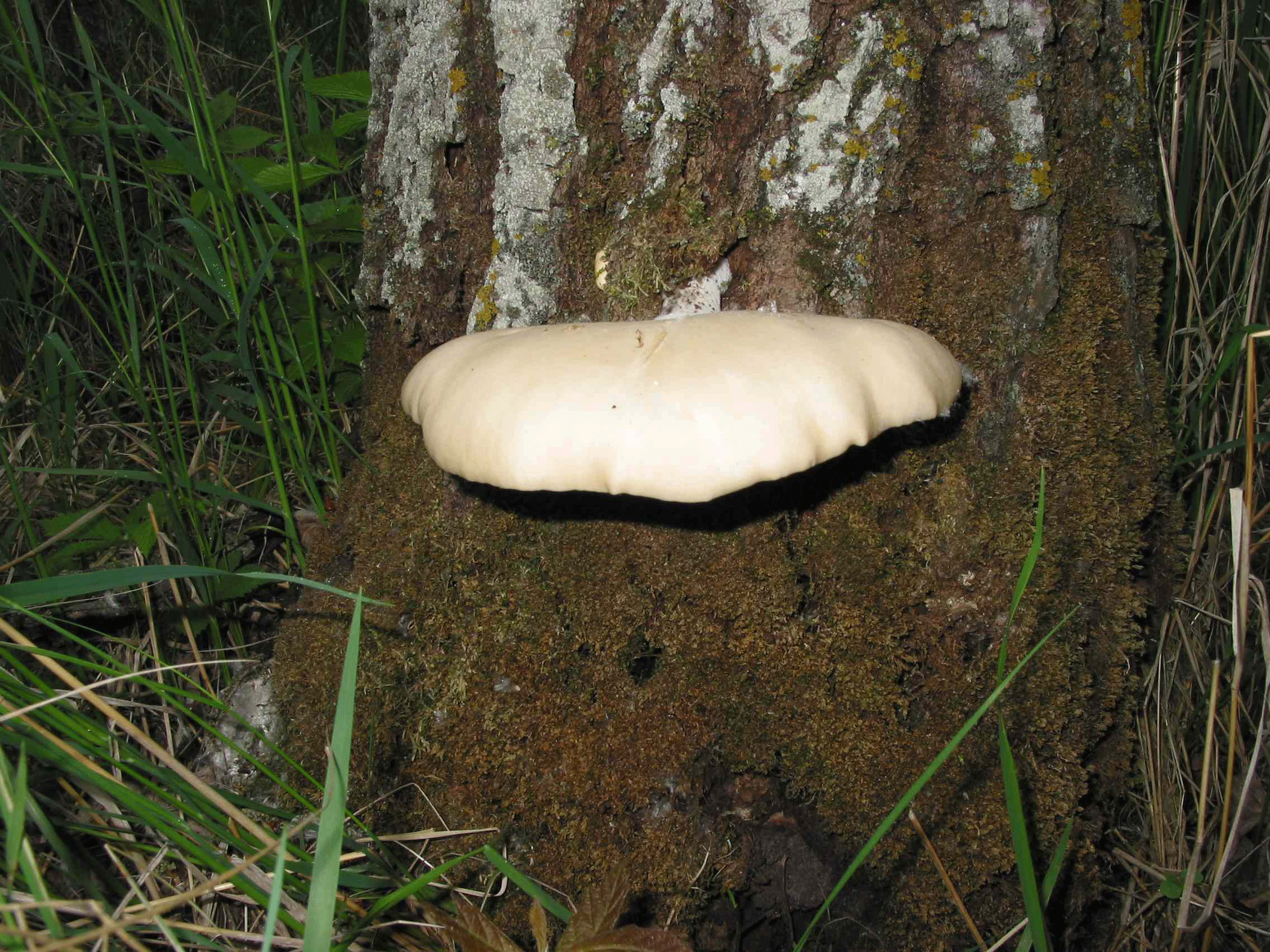
Other fungi are what scientists call “saprophytes”. These are fungi that eat dead plants and animals, not living ones. The fresh mushrooms that you get in grocery stores have this habit. Mushroom farmers collect various crop residues or composted manure to “feed” their fungal colonies. The main body of the fungus, called “mycelium”, consists of thin root-like structures called “hyphae”. These hyphae grow through the compost, feeding on the nutrients. When certain hyphae meet at the right time they begin to form a reproductive structure, which is the “mushroom”. The purpose of the mushroom is to produce and release spores (which are similar to seeds) to colonize new habitats.
Shiitake (Lentinula edodes) mushrooms are also commercially grown, albeit in a different way than button mushrooms: they grow on rotting hardwood trees, like oaks (Quercus spp.) instead of compost. This is why shiitatkes have a woody flavour to them. Oyster mushrooms (Pleurotus ostreatus) are similar to shiitakes, growing on various deciduous trees, often poplar (Populus spp.). You can actually buy special kits to help you grow your own shiitake and oyster mushrooms!
Image: Oyster mushrooms (Pleurotus ostreatus) taste a bit woody because they grow on wood! ©MM
However, some fungi are what botanists call “mycorrhizal”, literally Latin for “fungus root”. Mycorrhizal fungi form symbiotic associations with various wild plants, often trees. The hyphae wrap around plants’ roots and absorb some of the sugar that the plant produces via photosynthesis. In exchange, the fungus provides the tree with water and hard to get nutrients like phosphorus. So ultimately the relationship seems to be beneficial to both parties. Many of the wild mushrooms that we love are mycorrhizal and associated with conifers like pine (Pinus spp.): pine mushrooms (aka Matsutake) (Tricholoma matsutake), delicious milkcaps (Lactarius deliciosus) and porcinis (Boletus edulis). Chanterelles are associated with several species of conifers and deciduous trees. Truffles (Tuber spp.), on the other hand, prefer deciduous trees like oaks (Quercus spp.) and hazelnuts (Corylus spp.). Some morels (Morchella spp.) will grow on decaying organic matter like the button mushrooms but other species are mycorrhizal.
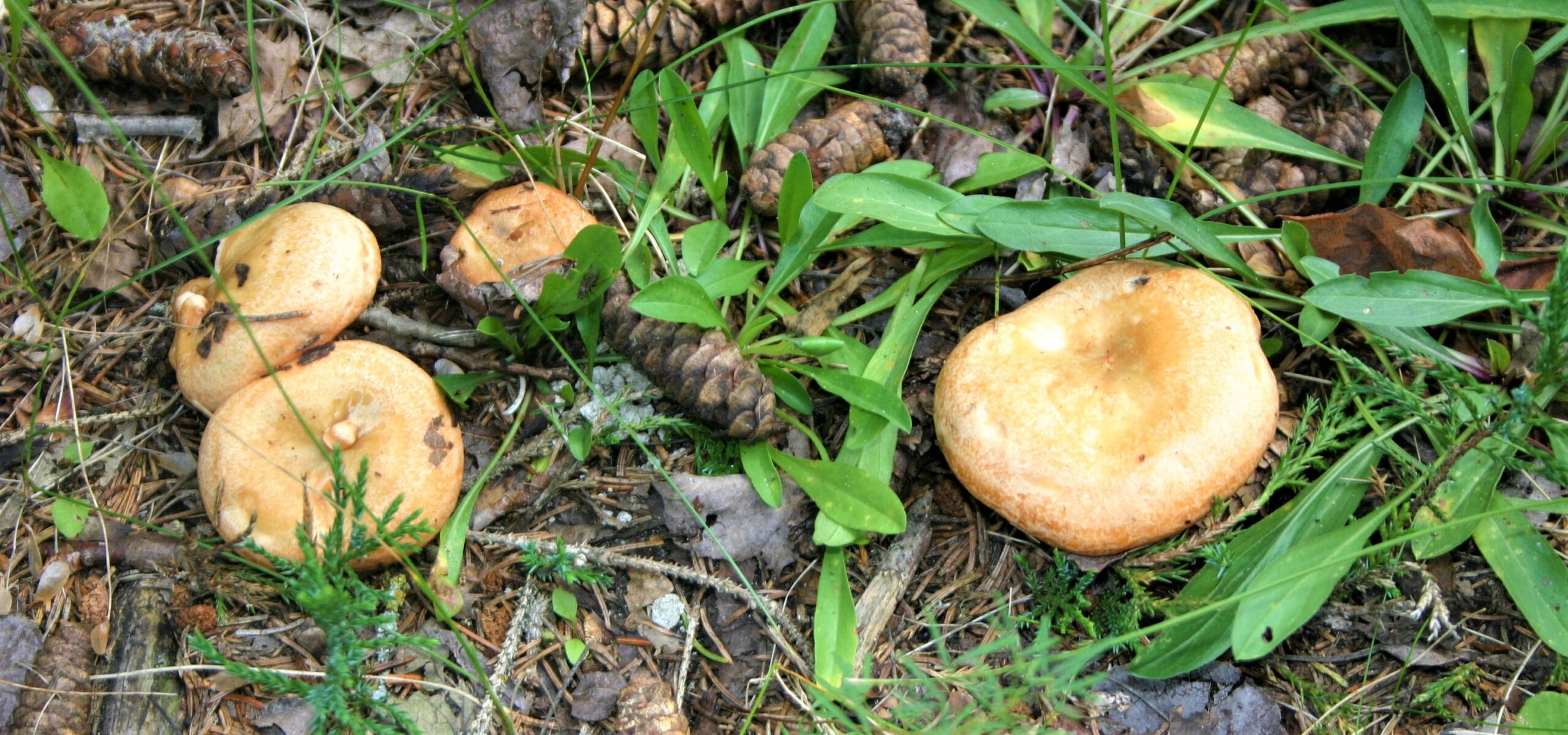
Image: Delicious milkcaps (Lactarius deliciosus) are mycorrhizal associates of pine trees. ©MM
So any attempt to cultivate these species would require growing a forest of appropriate tree hosts, inoculating the soil and hoping that they will eventually produce mushrooms. Although this sounds simple, there are many mysterious things going on in the soil that we barely understand and the factors that trigger mushroom production are one of them. In my next blog, I will be exploring some of the fascinating relationships between mycorrhizal fungi and Manitoba’s wild plants.




